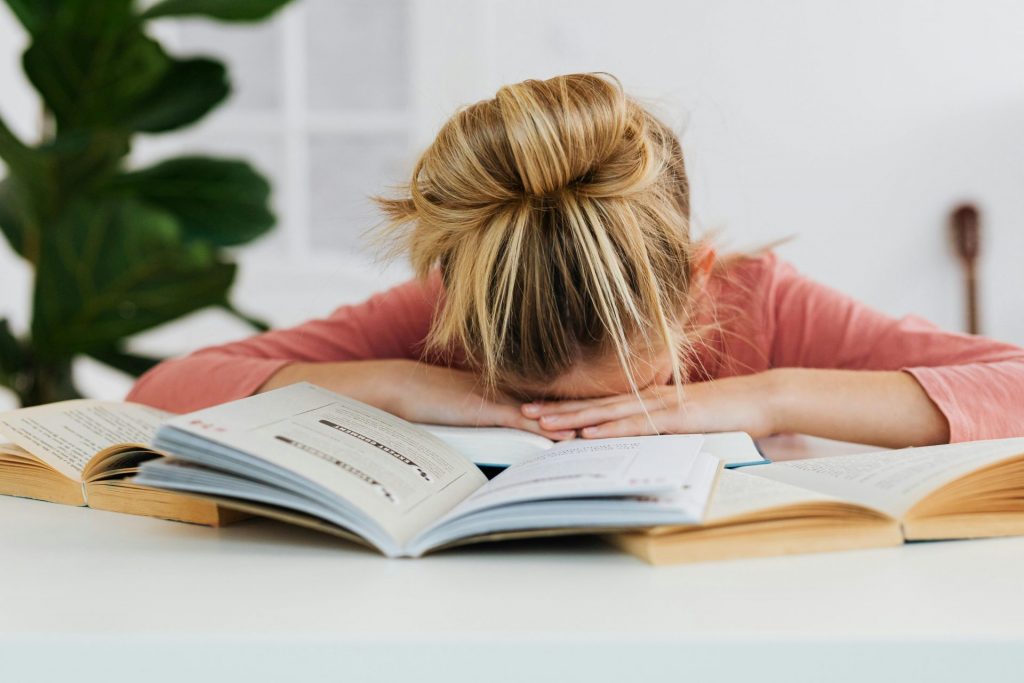Daylight Savings Time merely makes the coffee industry richer.
Emma Kathryn Harris, writer
How did that wall get in the way? That was my muffled conversation Sunday morning when the time change literally smacked me in the face. Because when the body is finally used to moving to the bit of natural sunlight as it peeks in through the windows, it doesn’t take too kindly to being yanked from slumber when it thinks it is still evening; it rewards me by pushing me into the wall.
Early Saturday evening, I meticulously set all my digital clocks—from the microwave, to the stove, to the coffee maker—to all hit the same time at the exact second thinking this obsessive behavior would help prepare me. It didn’t. My body knew better.
Sure, there are a couple states that do not observe it—Arizona stopped in 1968 and Hawaii stopped in 1966 because, well, the equator kind of makes things bright—but North Carolina isn’t one of them. Daylight Savings Time originally started in Canada in 1908 to make better use of daylight, followed by Germany in 1916 during WWI as an energy-saving measure, and implemented by the U.S. in 1918. But the rest of us have been fighting the DST war ever since.
Thanks to sleep deprivation at least the first week of the change, heart attacks increase. And I can vouch that moodiness is at an all-time peak in my house. I move like I’m a zombie chanting: “You cursed time change! Look what you’ve done! I’m fading! fading! Oh, what a world! What a world!”
The bright side of changing the clock’s hands
On the literal bright side (yes, I’ve used “literal” twice in this article, yet I’ve used it correctly), it is brighter in the evening. We’re officially tricked into thinking the sunlight lasts longer because it is out an hour longer than it was nearly a week ago. I stop my eager husband from closing the blinds until it gets dark, usually with a not-so-veiled threat: “I’ll get you, my pretty,” because as long as light is coming through the windows, I want to enjoy the brightness for fear of withering too early. Darkness descends quickly, and many of us will wake up in the dark, but as long as the sun is hovering in the sky, I want to cherish those moments.
When I was a child, we had set bedtimes that in the summer were particularly hard. The sun was still shining at 7 p.m. and I could hear my peers’ laughter from far away, even though we were hidden deep in the woods. It wasn’t fair that I was forced to lie there while they played outdoors, which is where I wanted to be. To this day, I cannot go to bed when it is light outside.
The body knows. When it wakes up naturally as the sun rises, and it calms at night when the melatonin kicks in, it is behaving as it was designed. The problem, then, is with the rest of the world, the one that insists our workday begins at 8 a.m. no matter how high or low the sun is, or the calls and text messages that come through at 10 p.m. because we’re all wired on caffeine to help us sloth through the day.
I’m trying to go to bed earlier. I’m watching my caffeine intake. And I’m silencing my phone. This is giving me ample time to figure out how to redesign my house because suddenly there are walls appearing in the dark out of nowhere.




